Cards In This Set
| Front | Back |
|
Paleolithic
|
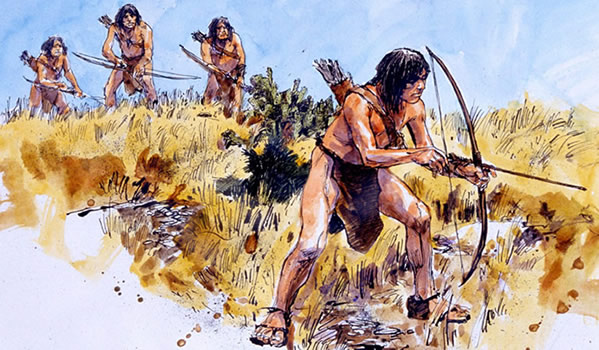 Second part of the Stone Age beginning about 750,00 to 500,000 years BC and lasting until the end of the last ice age about 8,500 years BC |
|
Mesolithic
|
 Belonging to the period of human culture from about 15,000 years ago to about 7000 BCE characterized by complex stone tools and greater social organization - "middle stone age" |
|
Neolithic
|
 The New Stone Age between 8000 and 5000 B.C.E.; period in which adaptation of sedentary agriculture occurred; domestication of plants and animals accomplished. |
|
Findspot
|
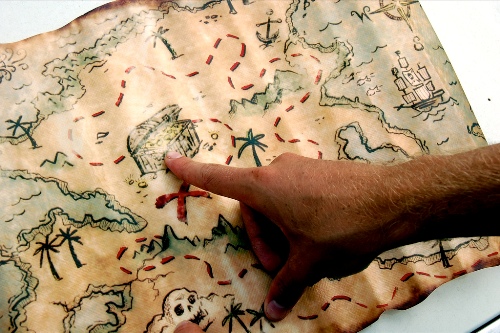 Place where an artifact was found, or provenance. |
|
Burin
|
 A pointed tool used for engraving or incising. |
|
Relief Sculpture
|
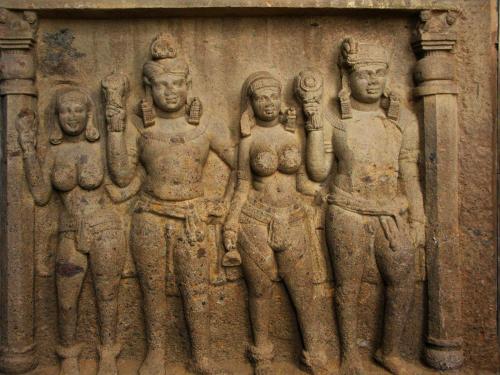 A sculpture that projects from a flat background. |
|
Freestanding Sculpture
|
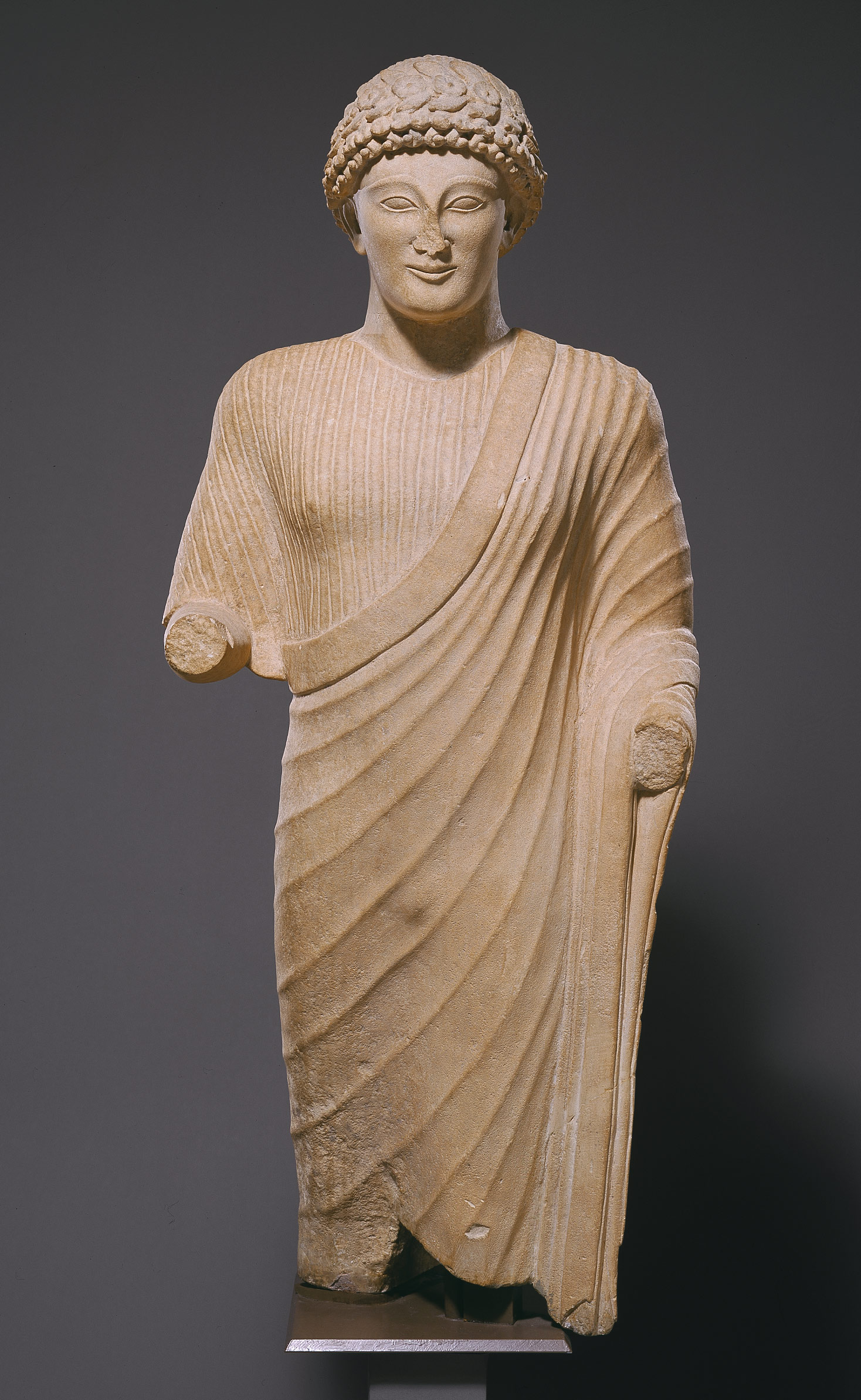 A sculpture that is self-supporting and is designed to be viewed from all sides. |
|
Chisel
|
 An edge tool with a flat steel blade with a cutting edge. |
|
Ground Line
|
 The line where the picture plane and the ground meet |
|
Mural
|
 A large painting applied directly to a wall or ceiling surface |
|
Composite View
|
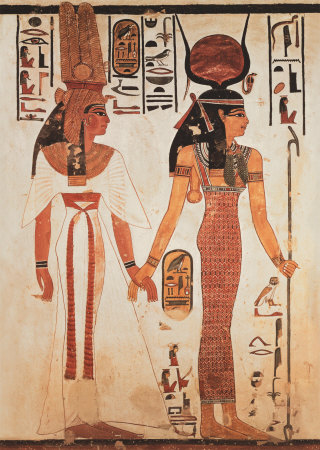 A convention of representation in which part of a figure is shown in profile and another part of the same figure is shown frontally; also called twisted perspective. |
|
Corbeled Vault
|
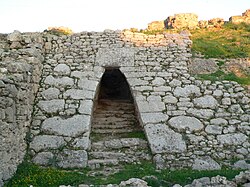 A vault formed by the piling of stone blocks in horizontal courses, cantilevered inward until the two walls meet in an arch. |
|
Post-lintel system
|
 A type of architectural construction in which two vertical members (posts) support horizontal members (lintels) |
|
Mesopotamia
|
 First civilization located between the Tigris & Eurphrates Rivers in present day Iraq; term means "land between the rivers;" Sumerian culture |
|
Sumerian
|
 A culture that flourished in southern Mesopotamia (contemporary south Iraq) from about 3200 BCE until about 1790 BCE and is credited with the development of significant early city states and the invention of cuneiform writing |



